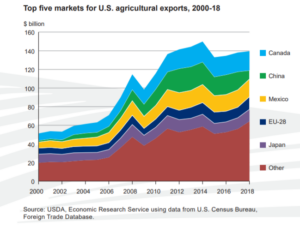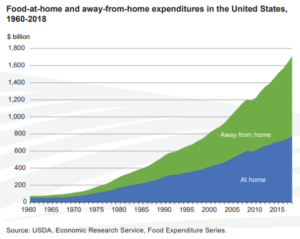We need some good news. I can offer two items.
1. Coca-Cola says it will align executive pay to employee pay
Coca-Cola has agreed to “consider the wages it pays all of its employees when setting executive salaries”, for the purpose of aligning them more closely.
This happened as the result of action by the New York State Common Retirement Fund. The Fund complained that CEO compensation has increased enormously while average wages have made meager gains, to the point where the ratio of CEO to worker compensation has gone up in some instances by nearly 1,400%.
According to Food Dive’s account
Following the agreement with the beverage giant, the fund, which is among the company’s top 50 shareholders with 9,275,387 shares as of the end of 2019, withdrew a shareholder resolution against the company. Coca-Cola agreed to add language to its upcoming proxy statement that said “the compensation approach used to set CEO and (named executive) pay” would be the same one it uses to determine compensation for the broader workforce.
Food Dive points out that
Coca-Cola CEO James Quincey made about $18.7 million in 2019, according to a company spokesman. He was paid $16.7 million in 2018. As of April 1, 2019, Quincey’s base salary was increased 6.7% to $1.6 million “to align (it) with the competitive market,” the beverage company said in a recent proxy.
What this means in practice remains to be seen. It’s hard to imagine that executives will get a pay cut but maybe employees will see a pay raise? Let’s hope so. In any case, cheers to State Comptroller Thomas P. DiNapoli for using the Retirement Fund’s clout.
2. While it lasted, Chicago’s Soda Tax worked
Chicago passed a soda tax but then rescinded it four months later under pressure from the American Beverage Association, which whipped up public opposition.
Now, a study in the Annals of Internal Medicine, reports that during the months the tax was in effect, the sales volume of taxed sodas dropped by 27% in Cook County relative to St. Louis. The net decrease was 21% after cross-border shopping was accounted for.
The tax raised nearly $62 million—in those four months—of which nearly $17 million went to a county health fund.
No wonder the American Beverage Association so strongly opposes soda taxes.
- They reduce sales
- They generate funds for health and social purposes






